Stage 6 can feel like multiple stages in one as you'll find that both testing and training lead to people having new and better ideas which you'll want to document and possibly implement straight away.
Make sure it does what you need it to
For testing, it’s a good idea to get a small number of users up and running first (ideally one from each of your user profiles) so you iron out any issues and make any changes based on their feedback before letting the rest of the team loose on it.
Use your user personas & user stories (Stage 3) to check whether the database delivers on people's requirements.
People's first impression of a new database can be hard to shift so make sure it's doing what they've told you they want before presenting it back to them.
Make sure everyone knows how to use it
Once you and your users are happy with the way things are, everyone will need training.
Thought needs to be given at this stage to how you keep that training live over time in your organisation. People will come and go, responsibilities will change, and use of the database may fluctuate. However, everyone needs to maintain enthusiasm and their skills.
It's important to build in a budget and schedule for refresher training and upskilling new users.
Appointing and training user champions can be a great way to get colleagues helping each other and to give a level of responsibility around the system to key users.
